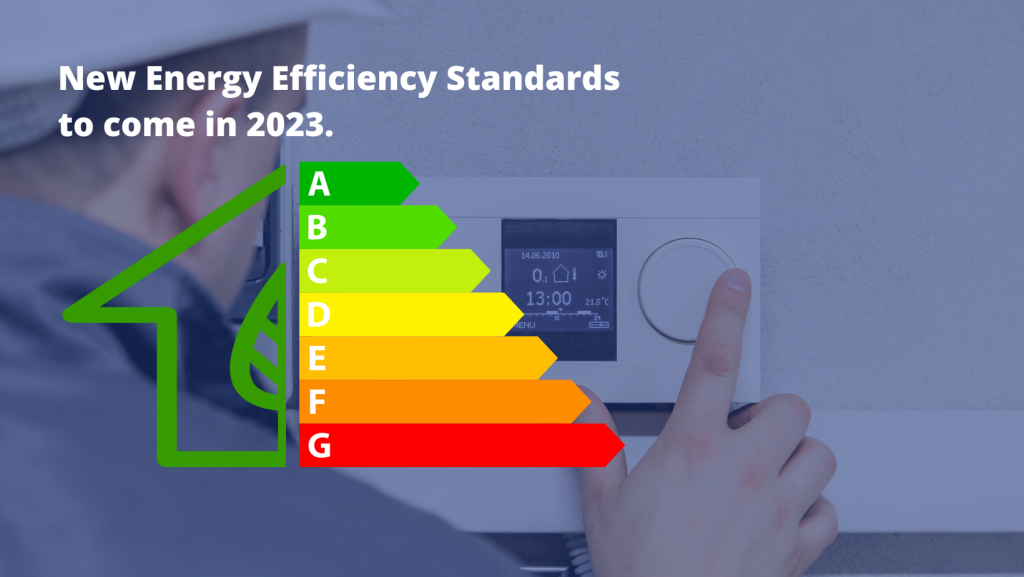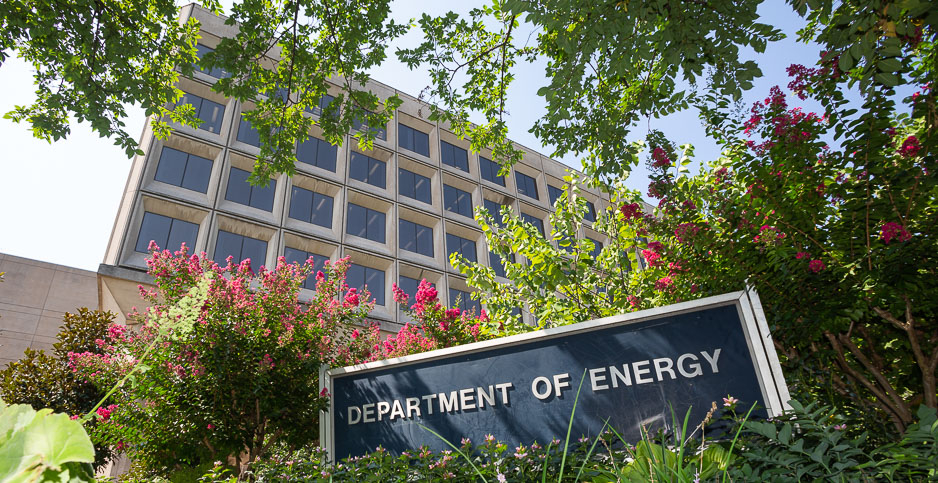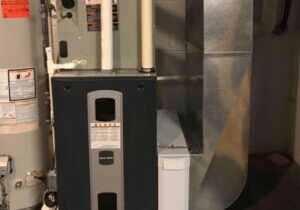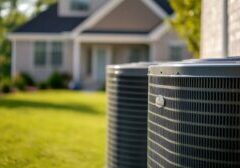For Starters
For those of you who are unfamiliar with energy efficiency standards in the HVAC field, we are here to break down the key important elements that are important for you to know. These elements are crucial to understanding as a homeowner or HVAC professional especially with the new energy efficiency standards that are to come in January 2023.
What is an Energy Efficiency Standard and Who Makes Them?
The first big push for energy efficiency standards began in 2015 when The Department of Energy (DOE) placed ordinances on how residential air conditioning and heat pumps were regulated. DOE segmented the country into three big regions North, South, and Southwest that have region-specific restrictions.
What is happening in 2023?
On January 1st of 2023, a federal minimum energy efficiency regulation will be implemented. When this regulation will be implemented, it will change the Seasonal Energy Efficiency Ration (SEER) for all regions by roughly a 7% increase.
This rough 7% increase will equal around a 1-point increase for the regions. For example, the northern region has a SEER rating of 13 and it will now increase to 14.
Why is an Energy Efficiency Standard Important To The Consumer?
For homeowners, this is extremely important to understand the change in SEER and will help you navigate a conversation when talking to your next HVAC professional.
In blatant terms, the higher the SEER, the higher the efficiency which in the long run will help you save money month to month. In the blog, “Deciding Between 14 SEER and 16 SEER,” they explain, “To think in terms of dollars and cents. A 16 SEER unit is about 13% more efficient than a 14 SEER. For every $100 you spend to cool your home with a 14 SEER, you could save $13 on your monthly bill by upgrading to the 16 SEER unit… however the higher efficiency comes at a cost.”
At the end of the day, your HVAC units may become more expensive, but they will become efficient in serving you and your household.
Changes To Come For HVAC Professionals:
Along with the mandate to change the level of SEER within the products themselves, testing also will change. Testing procedures for heat pumps and air conditioners will operate differently. Instead of working on the SEER scale, it will now operate on a SEER2, HSPF2, or EER2 basis.
About Spurk HVAC
Spurk HVAC was formed in 2018 and is located in Warrendale, Pennsylvania. We proudly serve Cranberry Twp., Wexford, Gibsonia, Mars, and the surrounding Greater Pittsburgh area.
We service all makes and models. If you are seeking heating repair, heating system replacement, air conditioner repair, air conditioning maintenance, air conditioning replacement, or any other heating & cooling services. Whether you are looking for residential or commercial HVAC services, we look forward to any and all opportunities to become your preferred HVAC contractor.










